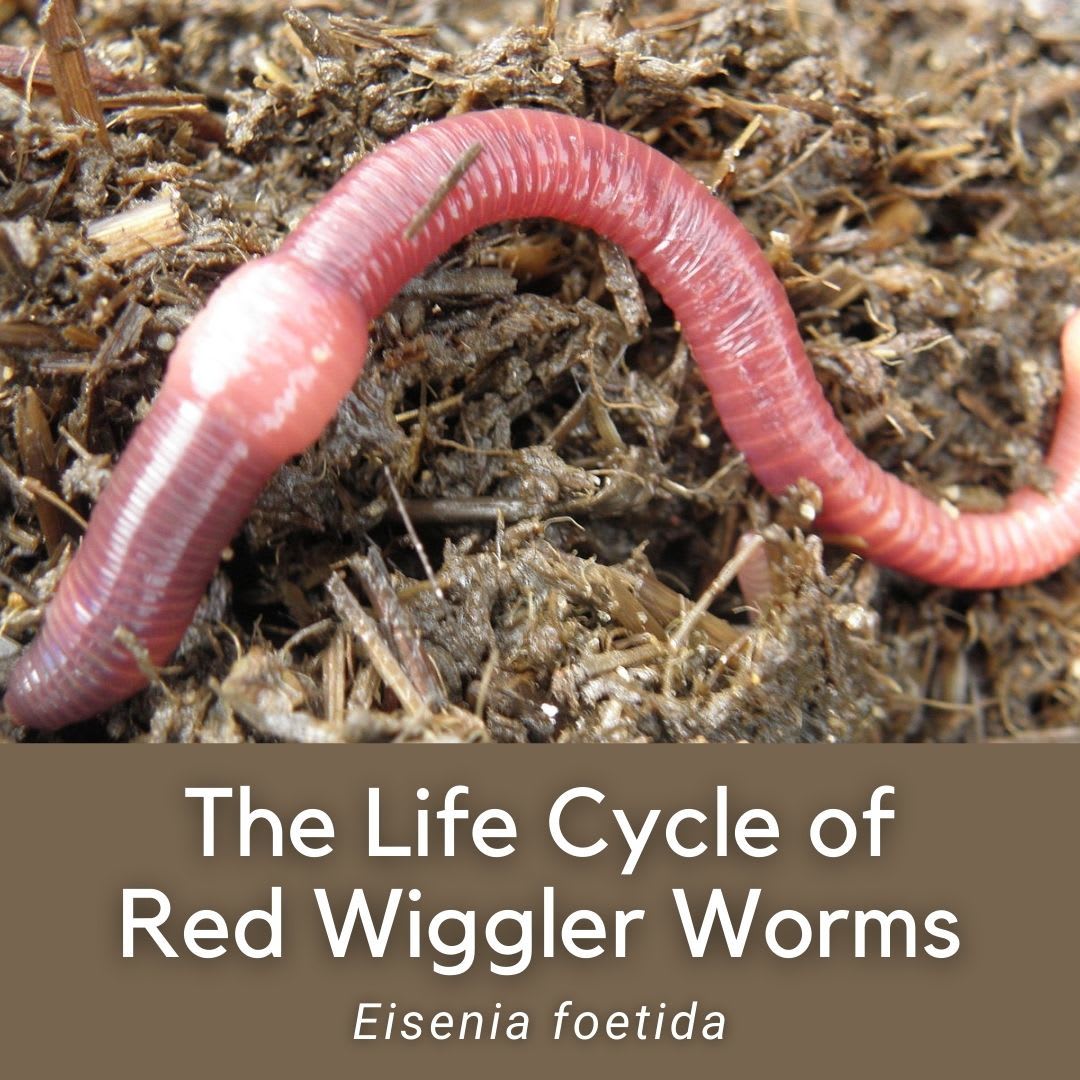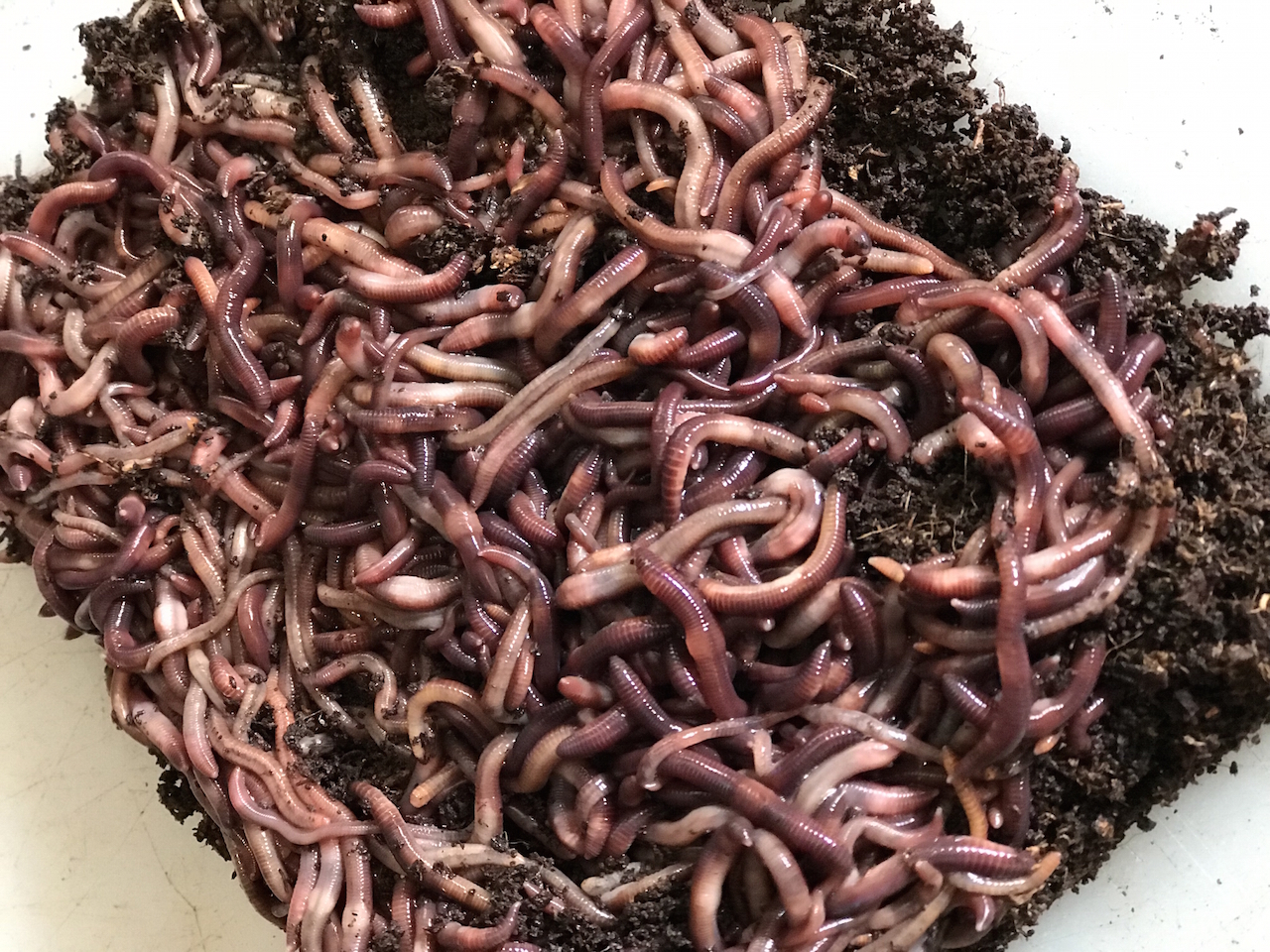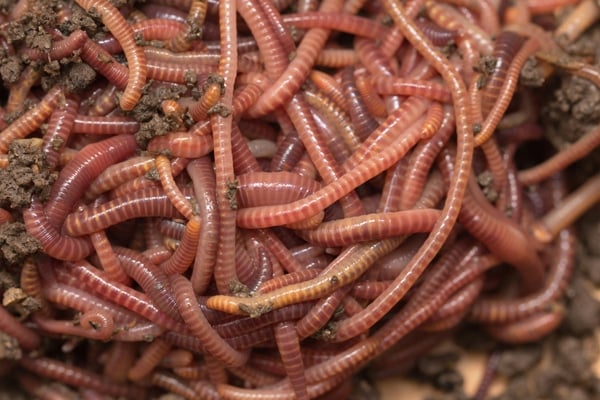Harnessing the Power of Red Wigglers for Sustainable Horticulture
The combination of red wigglers right into lasting horticulture techniques offers a compelling possibility for boosting soil health and wellness and decreasing organic waste. These worms stand out at transforming kitchen scraps into important garden compost, which not just enriches the soil but likewise cultivates a more durable yard environment. Comprehending the subtleties of establishing a reliable worm bin and preserving a well balanced diet for these organisms can considerably influence gardening results. The ramifications of such techniques expand past simple aesthetics; they hold the potential to improve our approach to environmental gardening. What considerations should be focused on for optimum outcomes?
Benefits of Red Wigglers
(Lake Hickory Bait)Using the power of red wigglers can change your horticulture practices and enhance dirt health. As they eat kitchen area scraps and backyard waste, red wigglers transform this material into nutrient-rich worm castings, which offer as an all-natural plant food.
(Charlotte NC Worms For Sale)In addition, red wigglers contribute to increased dirt aeration and drainage. Their burrowing activity produces networks that permit air and water to permeate deeper right into the soil, advertising much healthier root systems and enhancing plant growth. The visibility of useful microorganisms in worm spreadings aids in reducing soil-borne conditions, thereby promoting a more resilient yard environment.
Including red wigglers right into your horticulture regimen not just supports environmental sustainability but likewise leads to greater crop yields and healthier plants. By embracing these versatile creatures, gardeners can effectively recycle organic matter, cultivate abundant dirt, and add to a more lasting future.
Establishing Up a Worm Bin
Developing a worm container is an uncomplicated process that can greatly enhance your lasting gardening initiatives. A plastic container or wood box with dimensions of roughly 2 feet by 3 feet functions well.
Next, prepare the bed linen product, which is important for the worms' environment. Suitable options include shredded newspaper, cardboard, coconut coir, or peat moss. Go for a bedding deepness of regarding 6 inches, ensuring it is wet however not soaked. This creates an ideal atmosphere for the worms to prosper.

Feeding Your Red Wigglers
Feeding your red wigglers is an important element of keeping a healthy worm bin, and understanding their nutritional choices can dramatically enhance the composting procedure. Red wigglers flourish on a balanced diet regimen primarily made up of natural materials. Ideal food sources consist of vegetables and fruit scraps, coffee grounds, and crushed eggshells, which give crucial nutrients.
It is essential to avoid feeding them meat, milk, and oily foods, as these can attract insects and create unpleasant smells. In addition, the dimension of the food bits should be minimized to facilitate quicker decay and much easier usage by the worms. A basic rule is to include food in small amounts, ensuring it can be taken in within a couple of days to avoid mold and mildew growth and anaerobic conditions.
Keeping a diverse diet for your red wigglers not just adds to their health and wellness yet also enhances the high quality of the garden compost created. Keeping an eye on the worm bin's dampness level is vital, as red wigglers grow in a damp environment, but excess wetness can bring about food wasting. Regularly examining and adjusting their feeding timetable will guarantee a thriving worm populace that contributes considerably to sustainable gardening practices.

Utilizing Worm Castings in the Garden
Worm castings, the nutrient-rich by-product of red wigglers' digestion, play an important duty in improving soil wellness and fertility in the yard. These castings are abundant in crucial nutrients such as nitrogen, phosphorus, and potassium, which are essential for plant growth. Additionally, they contain valuable bacteria that promote a healthy and balanced soil environment.

Beyond nutrient content, worm spreadings additionally help reduce plant illness and insects. The helpful microbes existing in the spreadings can outcompete dangerous virus, reducing the occurrence of root rot and other soil-borne illness.
To efficiently utilize worm castings, apply them at a rate of one part castings to 3 parts dirt when planting - Red Wiggler Express. Routine applications throughout the growing season can additionally boost soil health and wellness, making sure a lasting and productive gardening experience
Preserving a Healthy Worm Populace
Frequently keeping a healthy populace of red wigglers is vital for the success of sustainable gardening techniques. These earthworms not just boost soil fertility but additionally enhance its framework and aeration. To make sure a flourishing worm populace, numerous vital variables have to be resolved.
First, provide an appropriate habitat, which includes a wet, dark atmosphere abundant in organic matter. Extreme temperature levels can emphasize or kill the worms.
Stay clear of citrus peels and meat items, which can interrupt the worm environment. Regularly inspect the worm container for signs of overfeeding or odor, suggesting that the balance is off.
Final Thought
The benefits of worm spreadings, including boosted soil structure, boosted vitamins and mineral accessibility, and disease reductions, add to a much more durable ecosystem. Red Wiggler Express. Properly establishing up and keeping a worm container, along with supplying a well balanced diet, makes certain a thriving worm populace.